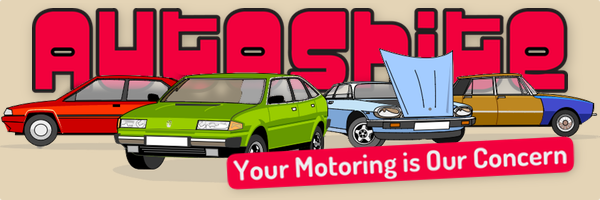-
Similar Content
-
- 155 replies
- 27,435 views
-
- 182 replies
- 22,886 views
-
Updated adventures of the triumph toledon't
By MrsJuular,
- 18 replies
- 1,826 views
-
Tell me about: Triumph Mayflower 1 2 3 4
By vulgalour,
- 105 replies
- 14,426 views
-
ten years of disapoint
By hairnet,
- 0 replies
- 377 views
-






Recommended Posts
Create an account or sign in to comment
You need to be a member in order to leave a comment
Create an account
Sign up for a new account in our community. It's easy!
Register a new accountSign in
Already have an account? Sign in here.
Sign In Now